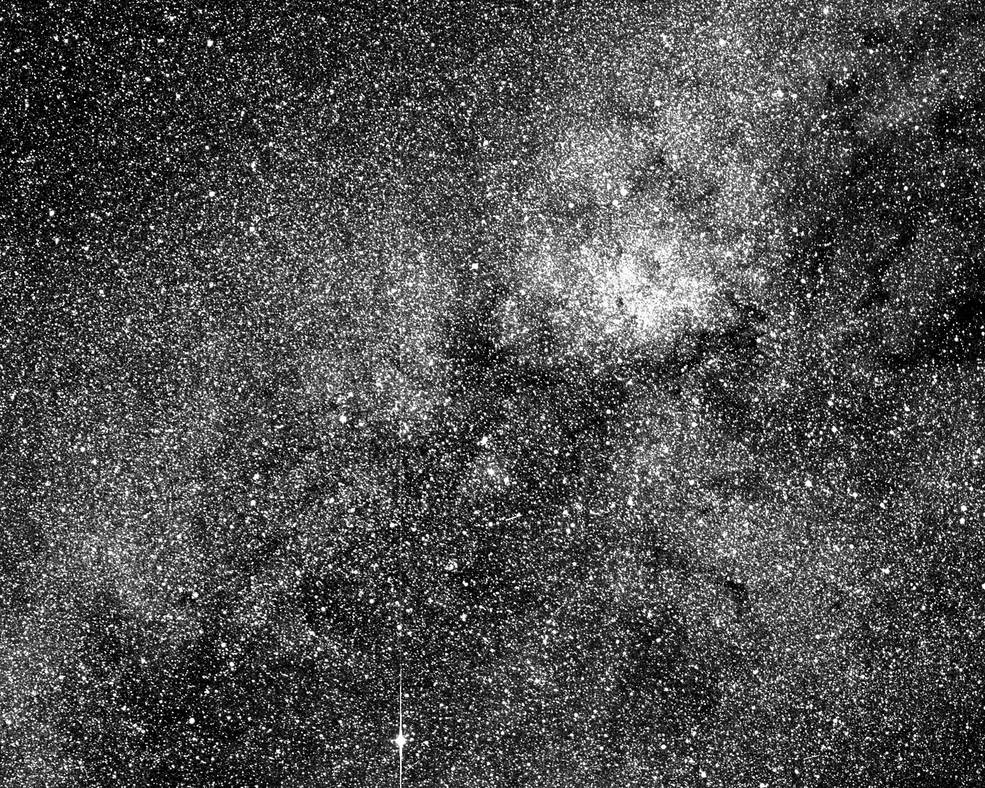
TESS captures the first ever test image of more than 200,000 stars in the southern sky
The newly launched exoplanet-hunting spacecraft by NASA has been busy transiting to its destined eccentric orbit around the Earth to capture exoplanets and more in the sky. TESS or Transiting Exoplanet Survey Satellite (TESS) recently the first ever test image captured by one of its four cameras onboard capturing more than 200,000. The image was captured on April 26 showing stunning but test image-quality photos of stars covering a vast expanse of the sky with an array of more than 200,000 stars.
According to NASA, this is a test image and not a science-quality image that will make its way to the Earth somewhere in mid-June when the satellite will become fully operational with all its four cameras attuned to captured 400 times more area than shown in the image. TESS recently received a gravity-assist when it zoomed past Moon which was pre-planned. The assist has put the satellite into the trajectory towards its final orbit that will be obtained once the last burn of its engine will be performed on May 30.
TESS will explore a humongous swath of sky since it will follow an eccentric and never-followed-before orbit that will provide a great exposure thereby covering more area than other missions. The test image captured by one of the four cameras mounted on TESS captures the southern sky along the plane of the Milky Way galaxy. It shows the edge of the Coalsack Nebula located in the right upper corner of the image. Beta Centauri, a bright star, can be seen in the lower left edge. The image showcases the southern constellation Centaurus and more than 200,000 stars visible.
After the satellite reaches its final orbit as pre-planned, it will start calibration and all other functions required before it can actually start working. The project will be operational for an initial phase of two-years where TESS will scan through the sky to find exoplanets. The first ever science-quality image or ‘first light’ that can be analyzed further is planned to release in mid-June 2018 when the satellite zooms past the Earth.
TESS will look at the stars and will record even the slightest dim in the light which is one of the major method used by scientists to determine the presence of an exoplanet. In the transit method (as it is known), the satellite will record the light emanating from the stars. It will intercept any dimming which is an excellent method to detect an alien planet or object that might transit in the forefront of these stars after which, the researchers can follow up on it to collect more information. Kepler Space Telescope which has been in operation for years has been one of the successful exoplanet-hunting spacecraft launched by NASA that found more than 70% of the 3,700 known exoplanets while many more are still waiting for confirmation.
Once all the instruments and cameras on TESS are operational, it will scan through the sky for the brightness of the stars and other factors involved. TESS was developed by NASA and a cost of $200 million plus $87 million additionally spent on launch services. TESS was launched on April 18 aboard Falcon 9 rocket of SpaceX from Cape Canaveral Air Force Station in Florida. The data collected by TESS on exoplanets will be used to study further when NASA’s James Webb Space Telescope is launched in 2020.


